Dr. Elsburgh Clarke Was Among First to Specialize in Emergency Medicine
ACEP Now
JANUARY 4, 2025
Medical anti-shock trousers (MAST) being applied for a trauma patient and a Datascope cardiac monitor in use during traumatic full arrest. A typical shift when he was starting out would include patients falling into what was coded as 1350 major medical/trauma, 1060 minor medical/trauma, or 1050 medical walk-in. Click to enlarge.)








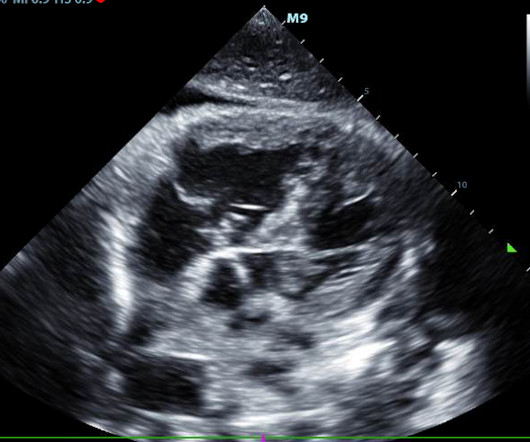







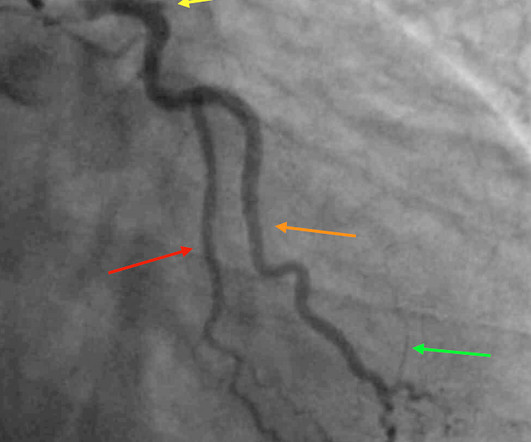

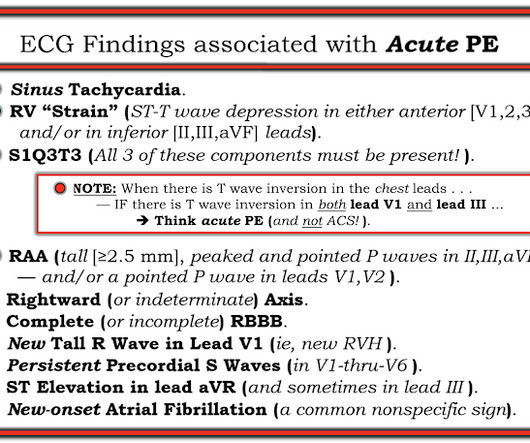




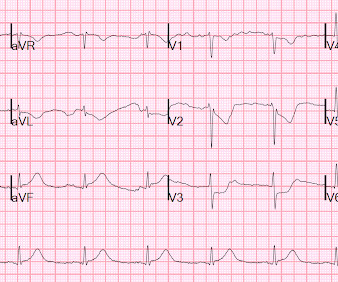
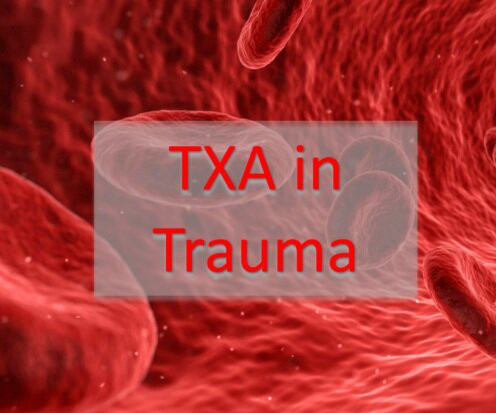



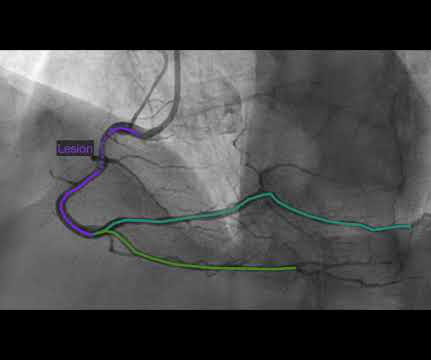







Let's personalize your content